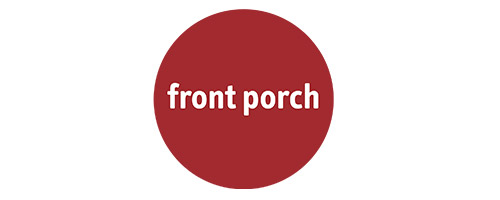[HEALTHY SMILE?] Stock photos for health topics lack diversity, quell outreach
The majority of images related to health topics on stock photography sites are of light-skinned people within a fairly narrow age range, making it more difficult - and expensive - for organizations to create health education materials aimed at reaching other groups, a recent study suggests.
"Many organizations that produce health outreach materials rely on stock photography sites to produce those materials," says Michelle Jewell, co-author of the study and a science communicator in the Department of Applied Ecology at North Carolina State University. "In many cases, organizations that create outreach materials for minoritized groups or populations with lower socioeconomic status have limited resources, which exacerbates the challenges they face in producing effective materials that reflect the publics they serve."
The researchers also found a significant difference between the diversity present on images available on free stock photography sites versus on sites that require users to pay for stock photos. Images on stock photo sites with paywalls were significantly more likely to depict a person of perceived minoritized racial/ethnic identity and darker skin tones, and were less likely to contain markers of high socioeconomic status than images in free databases.
The researchers focused on five widely used stock image libraries, and searched each of those sites for five health-related terms: healthy eating, exercising, quitting smoking, vaccination, and pregnancy. While about half of the images included at least one person from a perceived minoritized group, there were stark differences when researchers accounted for skin tone. For some search terms - healthy diet and quitting smoking - there were no images of people with dark skin tones at all. Only one search term - vaccination - included dark skin tones in 20% of its images.
Age presented another challenge, with the researchers finding very few images that included older adults of any racial or ethnic group, and again, these disparities became more pronounced when looking only at free stock photo sites and images.
"Organizations that support health communication and education efforts need to recognize that communicators don’t have access to free images that are relevant to many audiences," Jewell said. "Moving forward, granting bodies and other revenue sources should include budgets for photographers and illustrators to create media that best represents relevant audiences."
To read the full paper, published in Health Promotion Practice, click here
Do you have news to share?
The ICAA welcomes your news submissions. Please send your press releases to colinmilner@icaa.cc-the ICAA's email for submissions-and staff will consider your news for possible publication. Newsworthy topics include such things as center/community openings; initiative or campaign launches; announcements of awards, promotions or grants; and other topics of interest to active-aging professionals.
Share






























